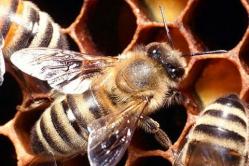Antipyretics for children are prescribed by a pediatrician. But there are emergency situations for fever when the child needs to be given medicine immediately. Then the parents take responsibility and use antipyretic drugs. What is allowed to give to infants? How can you bring down the temperature in older children? What medicines are the safest?
Very soon we will see off the year of the Rabbit and meet the Dragon. This time it will be a black water dragon. The dragon is a mythical, noble, strong creature. Astrologers advise this New Year to meet in motion, brightly, neezzhezhdenno. On this night, you must definitely shine and no matter what - with humor, precious jewelry or bright outfits and makeup. The main thing is that the meeting is memorable, and you can spend all our traditional New Year holidays in a good mood, which have been going on since almost December 25 (Catholic Christmas for the European part of the former USSR is mostly a dress rehearsal before the main events) and only slightly reduce their intensity after January 13th. But then the series of festivities does not stop - Baptism, Chinese New Year (which will start on January 23), Tatyana's Day, Valentine's Day, February 23, March 8, May 1 and 9 ... .. And we will give some interesting facts about the New Year that will allow you to shine even brighter in the New Year's company .
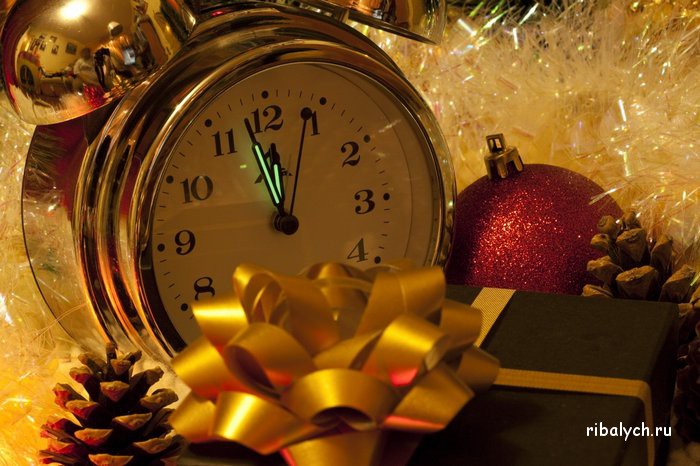
1. The time for celebrating the New Year is very different for different peoples. So in ancient Babylon, the holiday fell in the spring. And during the holidays, the city was left by the king with all his retinue, and the townspeople had the opportunity to freely walk and have fun.
2. In Micronesia, the New Year is traditionally celebrated on January 1st. But on this day, all the inhabitants of the islands receive new names and whisper them to their closest ones. And trusted relatives at the same time beat the drums with terrible force so that their evil spirits do not overhear.
3. In Italy, it is customary on New Year's Eve to get rid of old things that are thrown right out of the windows. Moreover, the more things are thrown away, the more wealth and good luck the new year will bring.

4. In Russia, the New Year was celebrated on March 1 - in the X-XV centuries, September 1 - since 1348 after the Cathedral in Moscow, and since 1699, by decree of Peter I, it was postponed to January 1. As a result, by now the New Year has become a dense mixture of ancient Slavic, Christian, Western European and Eastern traditions.
5. The tradition of the Christmas log was brought by the Vikings to England. They sawed down a big tree for Christmas, which was aged and dried all year. And the next Christmas, this tree was brought into the house and placed in the hearth. If the tree burned for a long time and burned out completely, then luck awaited the house, but if it faded without burning down to ashes, expect trouble.
6. Live Christmas trees are one of the Christian traditions of the Christmas and New Year festivities. But it turns out that they can carry not only joy and the spirit of the holiday. Scientists have found that fungi are present on spruce trees, which easily multiply in warm home conditions and release a huge amount of spores. The spores in turn cause coughing, shortness of breath, insomnia, lethargy, even bronchitis and pneumonia. To protect yourself, you need to either wash and dry the spruce before bringing it into the house, or use an artificial tree.
7. Before becoming famous, James Belushi moonlighted as Santa Claus. It was during the period of such work that he was left without rights, but the actor nevertheless decided to continue delivering gifts to children. In this "disenfranchised" form, the police detained him and began, and the officers began the arrest procedure, handcuffing and conducting a search. Children passing by were crying and screaming in horror that their beloved Santa Claus had been arrested.
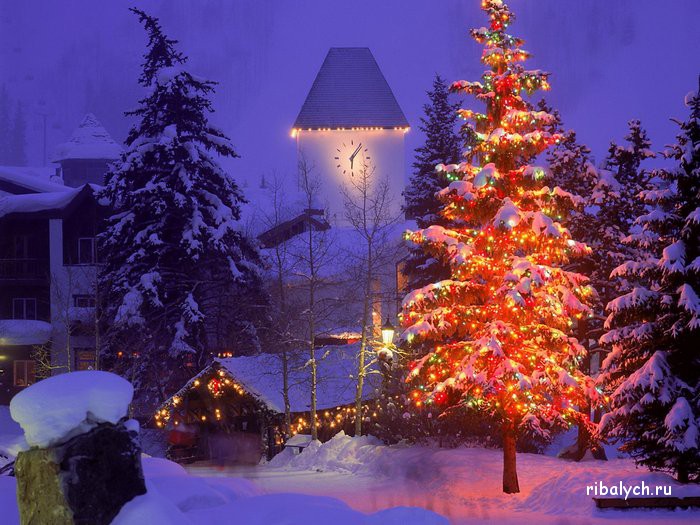
8. Both children and adults turn to Santa Claus or Santa Claus. Children usually want a computer, and employees ask their boss to freeze it.
9. One of the most popular traditional spices for Christmas baking is ginger.
10. It is believed that if at the last hour of the old year you write your most cherished desire on a piece of paper, and then set fire to this piece of paper with the beginning of the clock, then you can determine whether the wish will come true. If the note burns out while the clock strikes, then everything will definitely come true.
11. The unforgettable "Irony of Fate, or Enjoy Your Bath" has been shown on television for more than 35 years on the last day of the year.
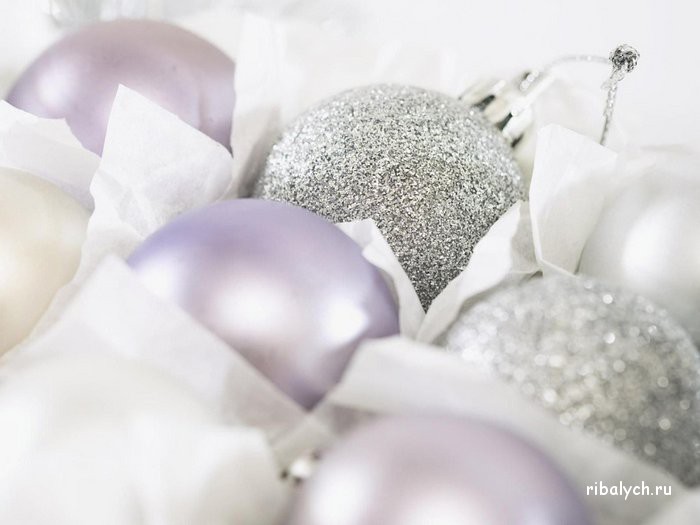
12. On New Year's Eve in Tibet, pies are baked and distributed to passers-by. Wealth in the new year directly depends on the number of pies distributed.
13. The source of the popularity of fireworks in the ancient belief in the power of noise and fire in the fight against evil spirits.
14. In Rio de Janeiro (Brazil), a 76-meter artificial Christmas tree, the largest in the world, was installed.
15. In Orthodoxy, Christmas time falls between Christmas and Epiphany. This time is filled not only with Christian traditions, but also with many pagan images, which include traditional divination. An example of it can be found in chapter 5, stanza 8 of A.S. Pushkin "Eugene Onegin".
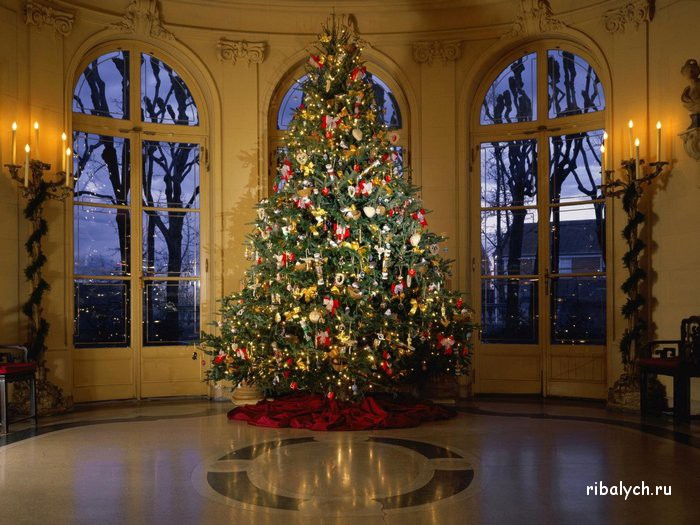
16. The main dish in Brazil is lentil soup, which symbolizes prosperity and wealth.
17. On the Christmas tree in front of the White House in the United States in 1895, the first electric garland was lit.
18. In Austria, among the New Year's characters there is also the Bird of Happiness, and therefore they do not have game on the festive table.
19. New Year in Japanese sounds like "Akimashite Omedetto Gozaimasu".
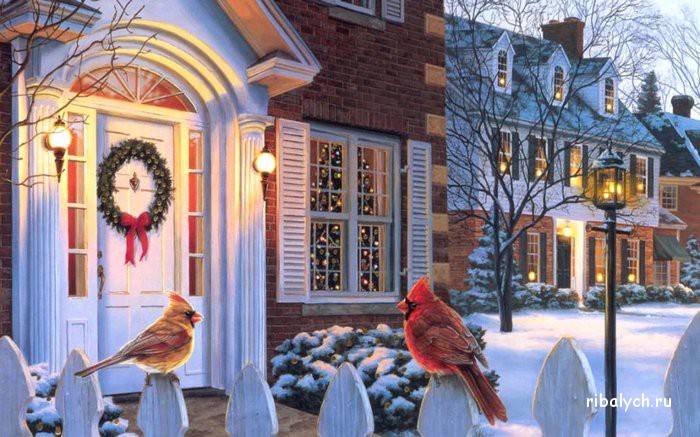
20. January 1 was a day off in the USSR only by decree of the Presidium of the Supreme Soviet of December 23, 1947
21. In Germany, Santa Claus brings gifts to the windowsill, and in Sweden - to the stove.
22. You can find out the answer to a question on New Year's Eve by throwing a bunch of boiled rice. If there is even pure rice in it, then the answer is "yes", otherwise - "no".
23. It is almost always cold in Greenland, and there is no problem with the availability of ice. Therefore, the local Eskimos have a tradition of giving each other polar bears and walruses carved from ice, which do not melt for a long time.
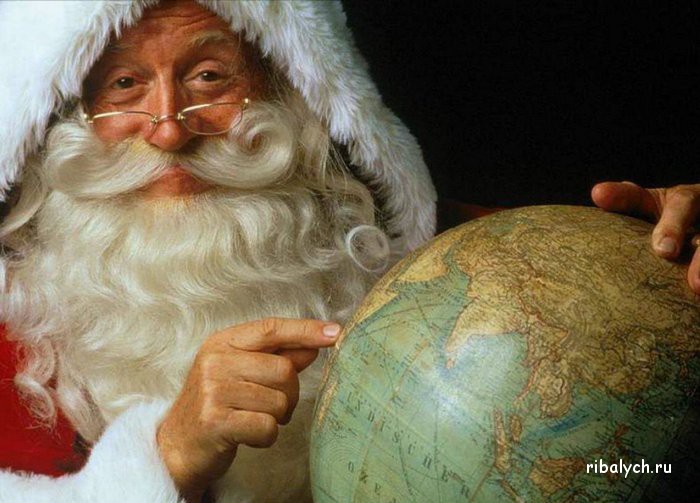
24. In the southern countries, where there is neither frost nor snow, you have to use other characters, for example, in Cambodia, Father Zhar operates.
25. In Vietnam, for the New Year, a carp is released into the pond near the house, on the back of which, according to popular beliefs, a brownie rides. For a whole year, the carp lives in the pond, and the brownie looks after the family.
26. A festive table in France is served with turkey, cheese, foie gras and oysters.
27. On the border of Finland and Russia in 2001, they held a meeting of New Year's characters Yolupukki and Santa Claus.

28. It is believed that money cannot be given away before the New Year, otherwise the whole year will have to distribute debts later.
29. On the New Year's table in Scandinavia they put rice porridge with one almond. Whoever finds it will be happy all year.
30. With the beginning of the New Year's clock in England, I open the back door of the house for the outgoing year, and with the last strike of the clock, I meet the New Year at the front door
31. "A Christmas tree was born in the forest" was first published in 1903 in the children's magazine "Baby". After 2 years, the poems of Raisa Adamovna Kudasheva were set to music by the composer Leonid Karlovich Beckman.
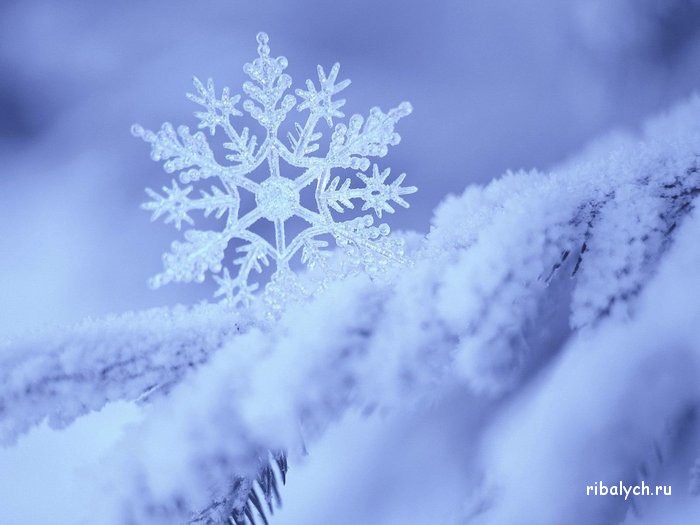
32. In Australia, Santa Claus has to wear parade swimming trunks and saddle a jet ski in the New Year's heat.
33. In the old days, it was customary to give gifts to Santa Claus, and not to wait for gifts from him.
34. In Italy, the symbols of health, longevity and well-being on the festive table are lentils, nuts and grapes.
35. Interesting fact- Santa Claus has a wife who usually personifies winter.
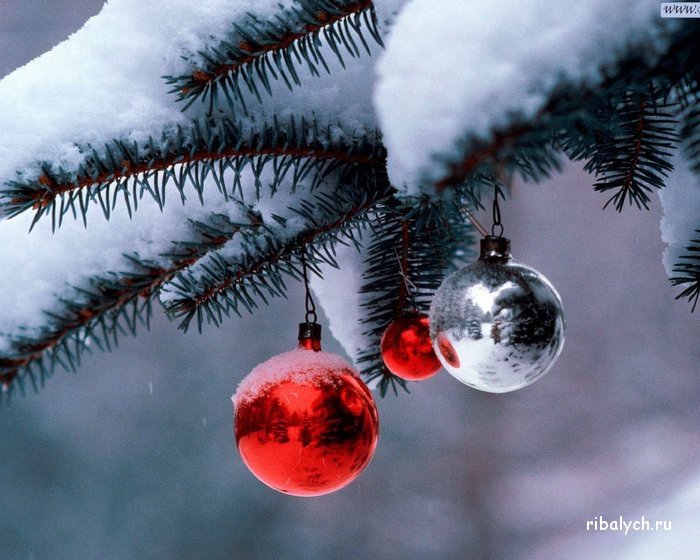
36. Mystical properties have long been attributed to mistletoe. In some countries, for example, there is a tradition that allows a man to kiss any girl who passes under the mistletoe at Christmas.
37. In Cuba, on New Year's Eve, all the dishes in the house are filled with water, which is then thrown out into the street on New Year's Eve to wash away all sins.
38. For Bulgarians, the best things in the new year are represented by dogwood sticks. They are given for the New Year.
39. Czech and Slovak children are pleased with gifts Mikulas with a beaming smile and a high hat.
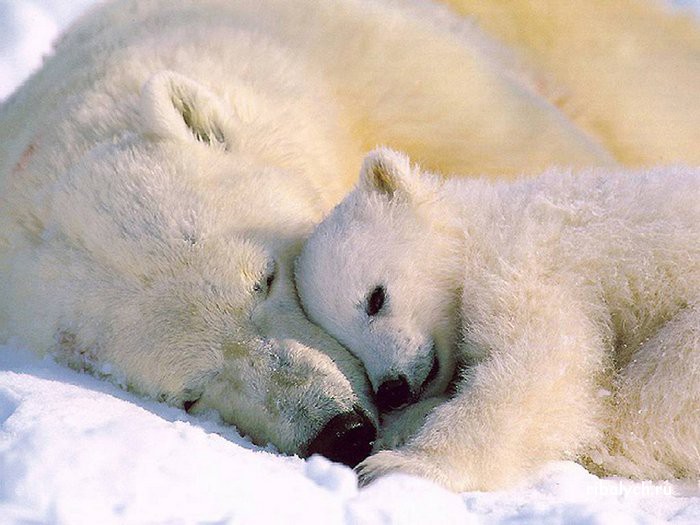
40. They began to sculpt a snowman in the 19th century with indispensable attributes - a bucket on his head, a broom and a carrot nose.
41. There is a belief that a New Year's dream (from December 30 to December 31) predicts the next year.
42. In China, the Dragon is especially loved - it symbolizes prosperity. Therefore, it is customary to make its personification there - kites. In addition, many bright lanterns are lit on the streets.
43. In Ecuador, before the new year, it is customary to describe all the troubles on a piece of paper, and then burn them along with a straw effigy.
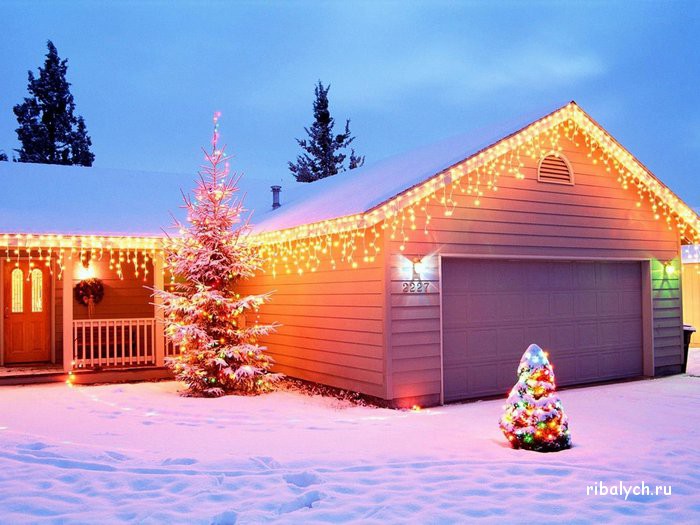
44. In 19th-century England, there were even charitable societies that distributed flour, sugar and raisins to the poor for making Christmas pudding.
45. In the Southern Hemisphere, eucalyptus trees are usually dressed up, since the New Year is the height of summer.
46. For the New Year in Holland, donuts are a traditional dish, symbolizing the full cycle, completeness.
47. The Snow Maiden was invented in the mid-50s of the last century by children's writers Lev Kassil and Sergey Mikhalkov, introducing the granddaughter of Santa Claus into children's performances.
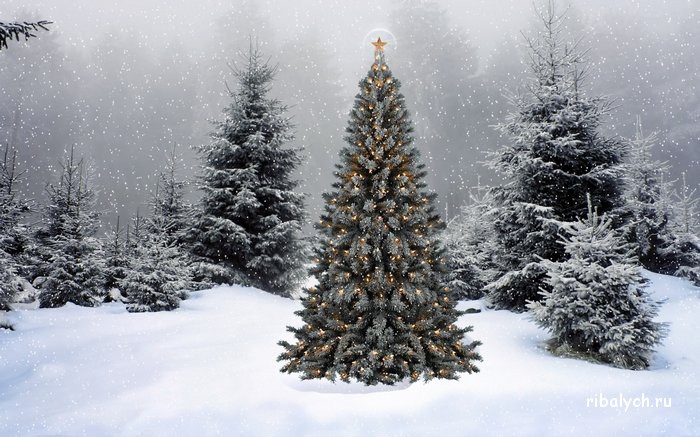
48. Per Noel (French Frost) rides a donkey and leaves gifts for children in shoes. And the children prepare their gifts for him - straw for the mount.
49. In Greece, the head of the family breaks a pomegranate fruit on the street on New Year's Eve against the wall of the house. Good luck is promised by grains scattered in different directions.
50. The first glass toys for the Christmas tree began to be produced in the middle of the 19th century in Scandinavia.
51. Mexicans find New Year's gifts in a shoe, while the Irish and the British find them in socks.
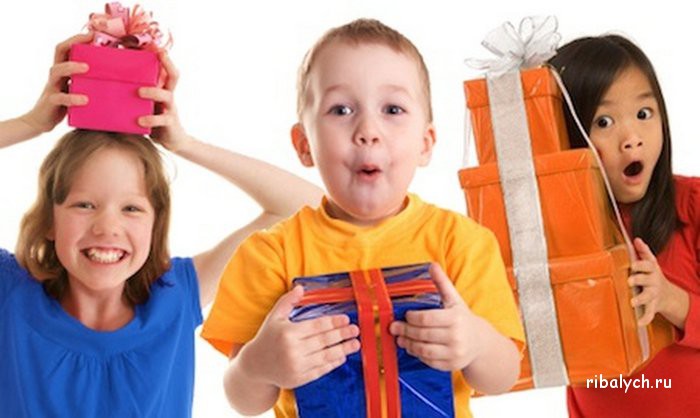
52. In ancient Egypt, the New Year began on the day of the flood of the Nile, at the beginning of summer.
53. It is customary to celebrate the New Year in new clothes in order to have new things all year later.
54. In Cuba, the New Year is called the Day of the Kings.
55. The largest number of Christmas trees in Europe are sold in Denmark.
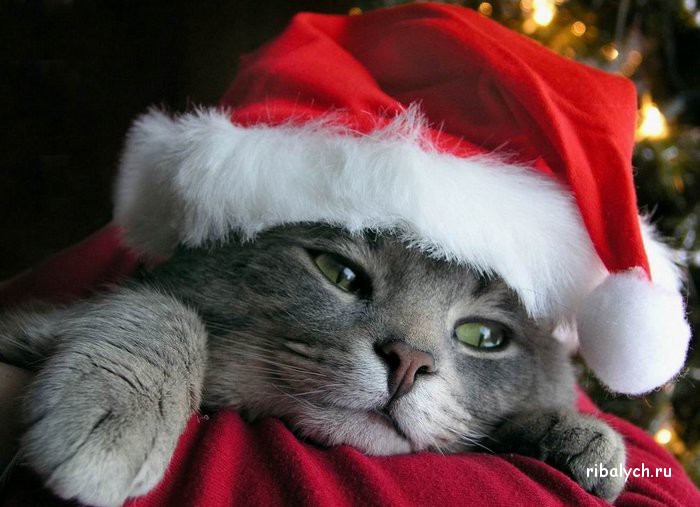
56. Many surprises are hidden in Romanian New Year's pies. In frequency, a coin means happiness in the coming year.
57. The French usually give souvenirs and postcards for the new year.
58. Since ancient times, the Slavs decorate the Christmas tree with treats.
59. In Scotland, on the first day of the new year, they do not propose marriage and do not take out the trash.
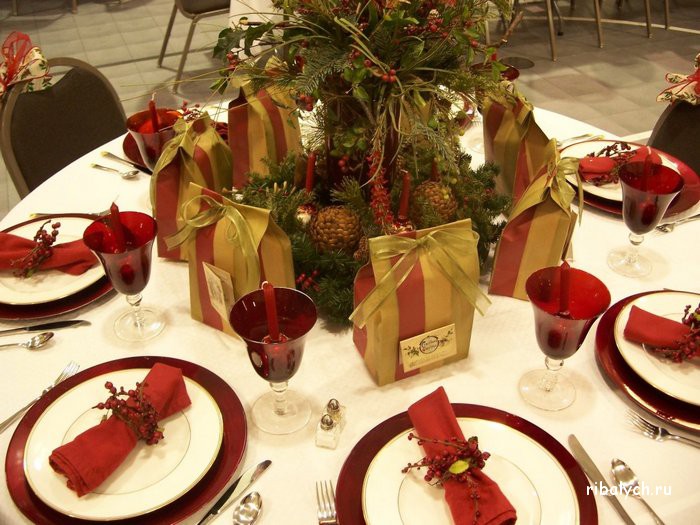
60. Santa Claus began to be invited to the house in the USSR in the 1970s.
61. The record holder for Christmas gifts and New Year greeting cards is traditionally the United States.
62. In Japan, for the New Year, an interesting fact, they traditionally serve cabbage, roasted chestnuts, beans and caviar, which symbolize respectively joy, success, health and many children.
63. Grandfather Frost is considered to be the birthplace of Veliky Ustyug, and the Snow Maiden is the village of Shchelykovo, not far from Kostroma, where the estate of A.N. Ostrovsky is located. it was he who wrote "The Snow Maiden" based on Russian folk tales
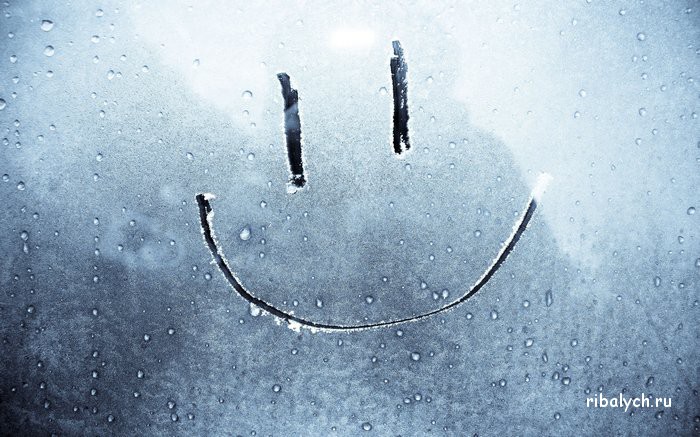
64. On New Year's Eve, at exactly midnight, the lights are turned off in Bulgaria. within three minutes everyone can kiss anyone, and only the night will know about it.
65. In Slavic myths, Santa Claus personified the winter cold, he held water.
66. The birthplace of Yolupukki is the city of Rovaniemi in Lapland, at the very Arctic Circle.
67. On New Year's Eve in Scotland, barrels of tar are set on fire and rolled through the streets, driving away the Old Year and inviting the New.
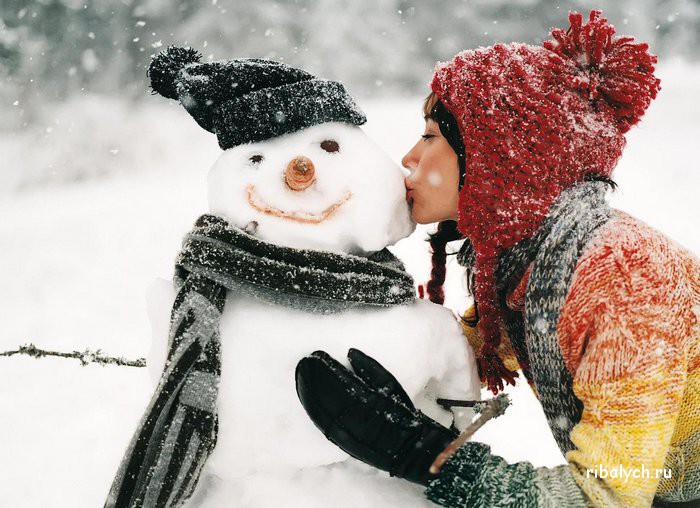
68. On the festive table in Poland they put "paczki" - donuts with jelly.
69. The first New Year's card was printed in London in 1843.
70. Grandfather Frost was awarded the title of "Veteran of Fairytale Labor" by the Pension Fund of Russia. Not without reason, of course. He has enough work. And to deliver gifts, and to amuse the kids with the Snow Maiden. The Snow Maiden and Santa Claus at home St. Petersburg is a completely affordable service for everyone and a joy for the kids. New Year with the participation of the living Santa Claus is an unforgettable holiday!

And meeting year of the dragon remember that the next one year of the snake will be no less interesting. After all, the Serpent symbolizes wisdom, and she advises

